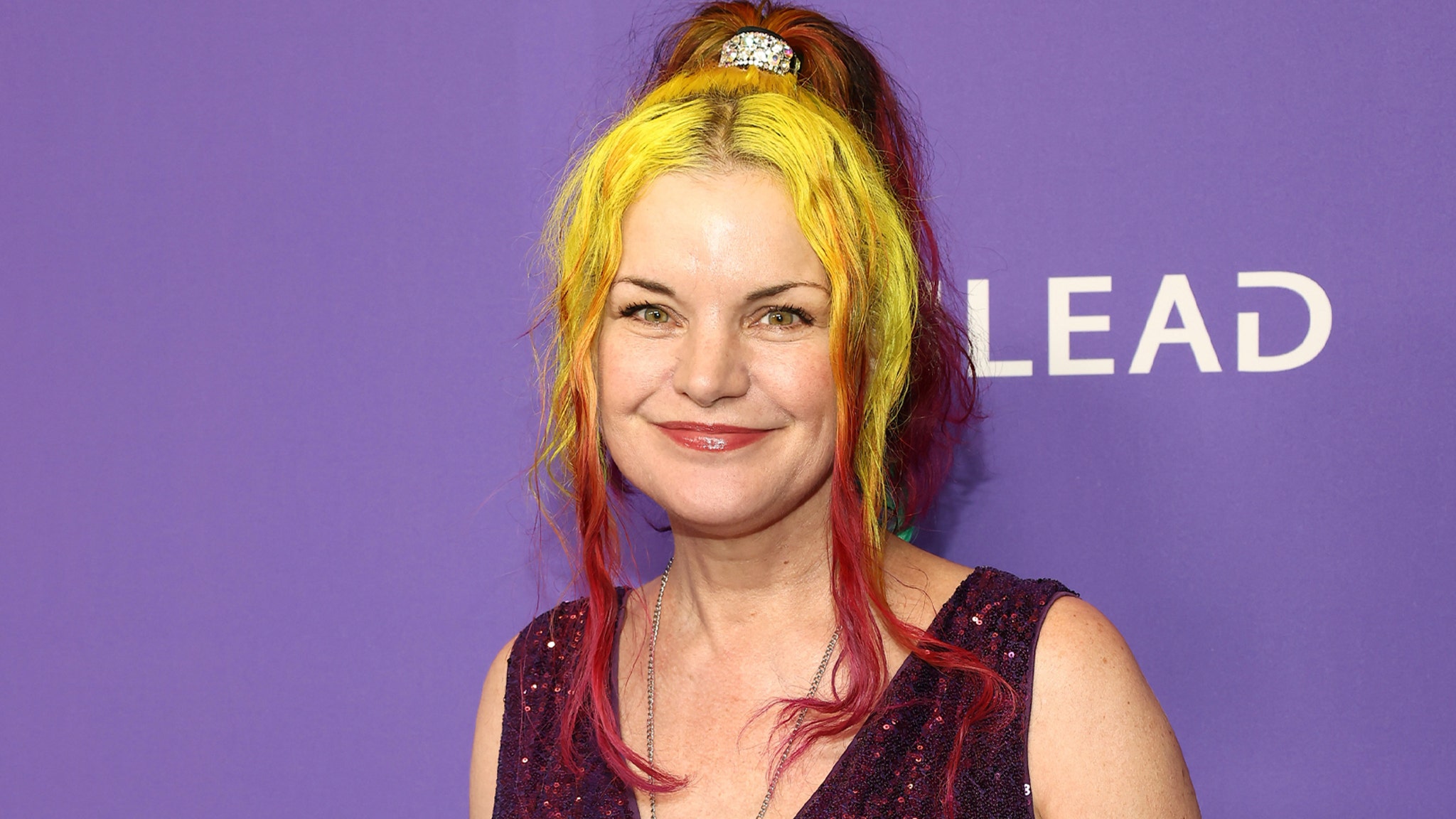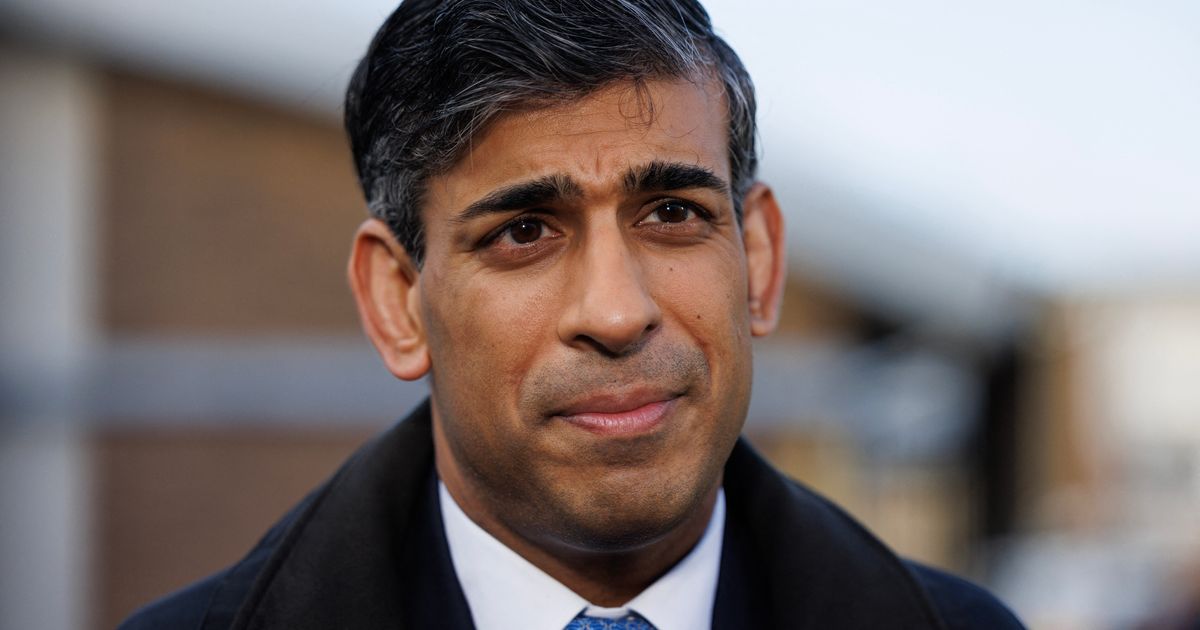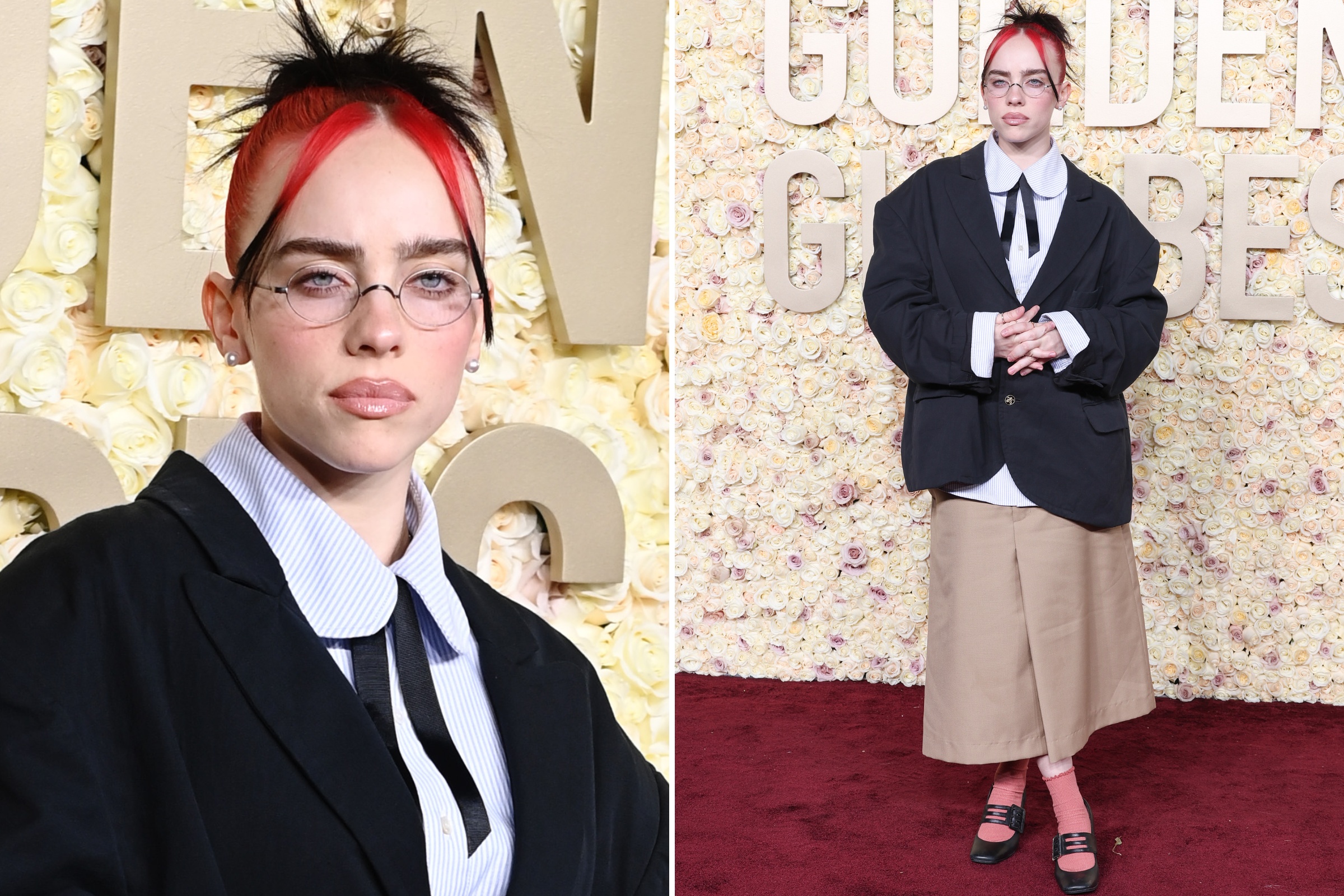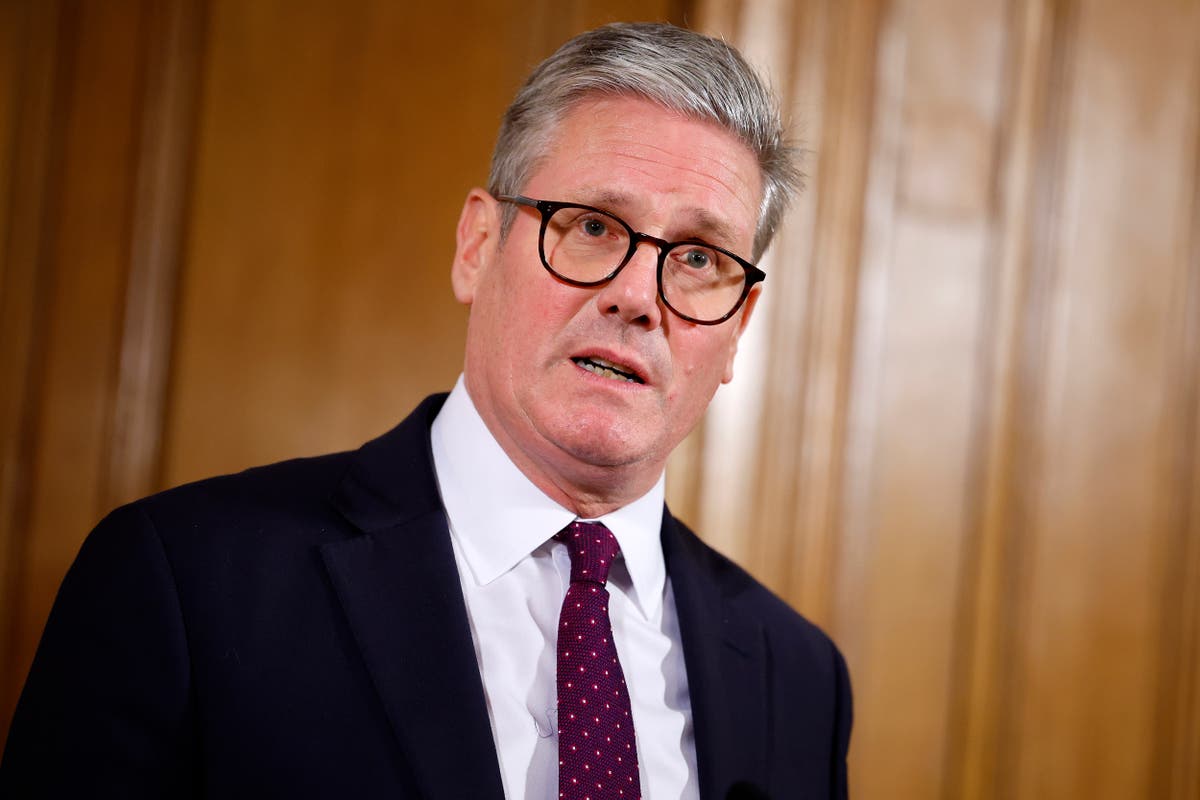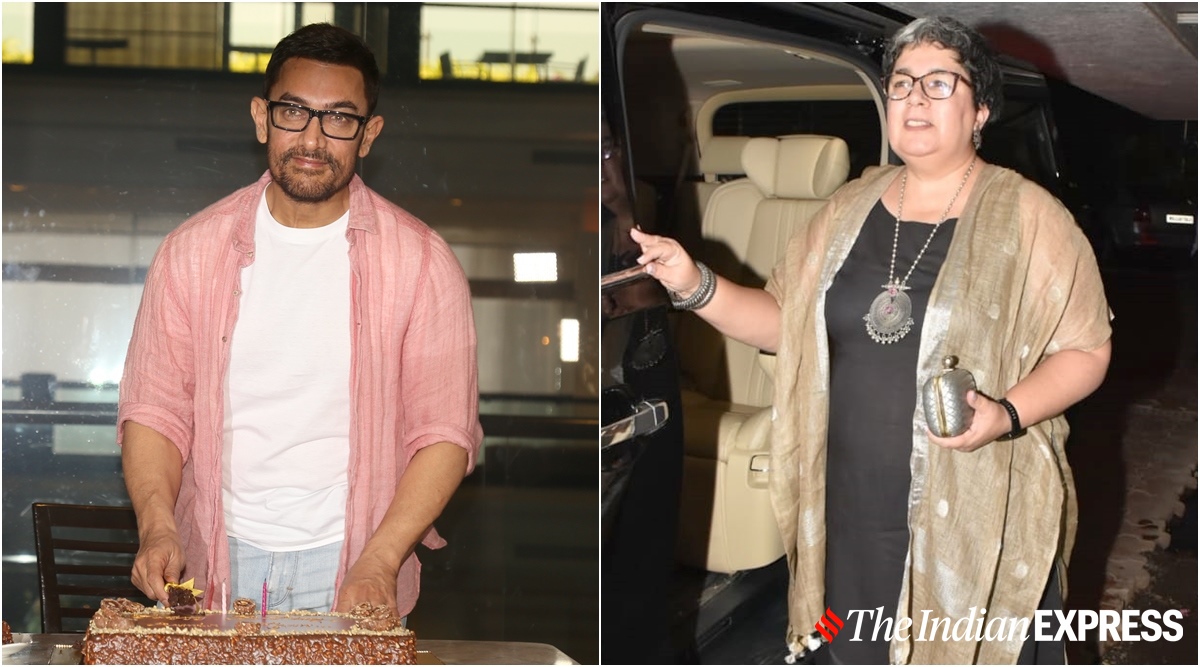[ad_1]

Welcome to Commentary Commentary, where we sit and listen to filmmakers talk about their work, then share the most interesting parts. In this edition, Rob Hunter revisits the latest entry in one of the biggest ongoing action franchises for the Mission: Impossible – Dead Reckoning commentary.
You’d be a fool to argue that the Mission: Impossible franchise isn’t among the best action film series of all time. From the characters to the set-pieces, these movies are always entertainment events. My favorite remains the third — yes, I mean it — but Christopher McQuarrie‘s run (Rogue Nation, Fallout, and Mission: Impossible – Dead Reckoning) raised the scale and expectations of the franchise as a whole in some fantastic ways. Dead Reckoning (originally labeled as Part One, but the second half will be dropping that identifier) had a rough production due to Covid-related issues, but the filmmakers deserve praise as the bloated budget was due to paying the crew throughout the shutdowns and pauses.
The result is a film that succeeds more often than not — I have some quibbles — and it’s guaranteed to leave viewers salivating for May 2025 and the release of the follow-up. McQuarrie recorded a commentary track for the film’s home video release, and he’s probably the most reliable filmmaker when it comes to delivering entertaining and informative tracks. So of course we gave it a listen.
Keep reading to see what I heard on the commentary track for…
Mission: Impossible – Dead Reckoning (2023)
Commentators: Christopher McQuarrie (director, co-writer), Eddie Hamilton (editor)
1. The opening sequence in the Bering Sea is unfolding on February 29th, per the onscreen text. That was a touch by co-writer Erik Jendresen. “Erik is a nautical genius, a lover of the sea, lives on a boat.”
2. Most of the men on the submarine are far from professional actors, and “many of them were cast solely on their faces.” Not only do they look the part of a submarine crew, but McQuarrie wanted viewers to quickly identify with and care about these nameless folks.
3. McQuarrie’s preference when editing is to do so in silence with none of the film’s audio playing. Hamilton took to the conceit quickly which explains (in part, at least) why this film marks their fourth collaboration.
4. They tracked the levels of sweat among the crew during the opening submarine sequence “in true Tony Scott fashion” with McQuarrie referring to them as Sweat-Con 1, Sweat-Con 2, etc.
5. All of the exterior shots of the submarine are done digitally, and McQuarrie was initially and extremely trepidatious about going CG instead of practical. He’s very happy with the results.
6. The actor playing the delivery man introducing Ethan Hunt (Tom Cruise) is named Alex James-Phelps. That’s an unintentional Easter Egg of sorts for Mission: Impossible fans.
7. Hunt’s listening to the taped mission briefing is just Cruise reacting to nothing as the dialogue on the recording had yet to be written.
8. The sequence where the armed men on horseback ride past Hunt and his horse laying down behind a dune took four days to shoot. They only had one hour each of those days to try and capture it against the sun, as well as having limited access to the horses to avoid tiring them too much.
9. The sand storm is a combination of real sand being blown by big jet engines and digital assists by Industrial Light & Magic.
10. Sharp-eyed viewers will note the photograph of Angela Bassett on the wall behind Denlinger (Cary Elwes) during the big intelligence meeting. While she doesn’t return for this film, she was meant to be present as the head of the Central Intelligence Agency. The photo suffices for now, but McQuarrie hopes to have her return for the next film.
11. They put a lot of thought into editing the sequence with Hunt and Kittredge (Henry Czerny) talking in the smoke-bombed office. It’s cut in such a way that shifts occur on subject changes or intensity shifts, and alternating the characters on each side of the screen keeps viewers busy and prevents them from losing engagement. “All of these line crosses are deliberate.”
12. “There’s often a splinter of the audience that’s complaining about how the title sequence is filled with spoilers,” says McQuarrie. They toyed with those people this time out as the film’s big bad, the A.I. villain known as the Entity, is corrupting the credits by including shots that aren’t actually in the damn movie.
13. The scenes inside the Osprey with Briggs (Shea Whigham) talking were actually filmed inside a flying Osprey.
14. Whigham asked the actor in the airport if he could manhandle his face and put his thumb in his mouth. The guy obviously said yes, as anyone would.
15. Hunt’s “magic” with the key after first meeting Grace (Hayley Atwell) was all captured in-camera. “We had to do it so many times to get it just right, and you could feel Tom getting frustrated with the magic tricks.”
16. Hamilton recalls feeling a bit unsure when McQuarrie first pitched the idea that they wouldn’t show the actual pocket picking, but he was soon convinced seeing the compiled scene. “Well, the whole idea is it’s an invisible art,” adds McQuarrie.
17. McQuarrie sees Hunt and Benji Dunn (Simon Pegg) as two halves of the same coin. “Benji tends to be the funny guy, but then he has moments of genuine drama. Ethan is the dramatic guy, who then has genuine moments of humor. They each compliment each other, and they don’t step on each other’s space.” McQuarrie then adds that they really discovered that “only very recently, when we were lining up stuff that’s gonna show up in part two.”
18. McQuarrie praises Lorne Balfe‘s score, highlighting the piece playing over the airport sequence. It’s basically a single piece from the point the key is first seen on through the nuclear bomb threat, and the scenes were a tough assembly until that music was added.
19. The “good luck” motif pays off in part two.
20. Whigham is wearing a wig at 46:28 as he was also filming a TV mini-series called Gaslit where he plays G. Gordon Liddy.
21. The aerial shots of Rome suggest it’s a fairly empty city, but they were shot at various stages of the pandemic lockdown.
22. Edgar Wright watched an early cut and asked McQuarrie if there could be a sound signifying the Entity. They thought they had it covered, but they soon realized “it was everywhere but on the Entity” itself.
23. The library scene between Hunt and Grace was filmed months apart with each of them filming their coverage in a completely different place.
24. They talk about early takes with Grace feeling a bit too aloof, so they worked through various iterations to ensure that viewers would like, trust, and care about her. I like Atwell, but one of the film’s issues (for me) is that they don’t succeed. Grace constantly feels as if this is a all a game to her, an exciting, fun time, and that hurts the drama. Again, one guy’s opinion. McQuarrie says it again at 1:09:12 when Grace escapes the Fiat and leaves Hunt handcuffed to the steering wheel. “She’s not celebrating, she’s not rubbing it in, and it was very, very important as far as she pushed us she never pushed us too far.” Even as he’s saying this, though, Atwell is smirking as she tosses the paper clip into the car right before a train comes racing into the tunnel. That said, her performance finally comes around for the third act.
25. The idea of putting Cruise into a Fiat 500 came to McQuarrie back in 2017.
26. McQuarrie thinks one of Cruise’s strengths as an actor is “that he’s not afraid to look afraid. He shows his character’s vulnerability, he shows his character’s weakness, he allows his character to be taken down a peg.”
27. The sequence where the car chase moves down the Spanish steps was time-consuming and required that they build sections of it for various segments of the scene. The cars were obviously never actually on the real steps.
28. The chase also includes a few quick shots from behind the car’s pedals, and McQuarrie blames James Mangold. “I watched Ford vs Ferrari,” he says, and Hamilton adds that Ron Howard also used it in 2013’s Rush. They were difficult to get as “you have to cut the front of the car off, put a camera there, elevate the car six-feet off the ground.”
29. One of the things they pay attention to at test screenings is when viewers get up to go to the bathroom. How many people and how often informs them if energy is dropping and/or focus is waning.
30. The character of Paris (Pom Klementieff) originally had far more screen time, but they trimmed it because “she’s so dynamic, so powerful, that you found yourself looking at her when you’re supposed to be looking other places.”
31. McQuarrie is understandably full of compliments for his cast and crew, and Cruise is at the top of his list. The big scene at the middle of the film with everyone meeting in the club took weeks to edit, and “Tom had phenomenal notes.” He adds that “he’s also the only actor that I’ve ever worked with who says ‘don’t cut to me there.’”
32. The fight between Grace and Gabriel (Esai Morales) on the bridge was originally much longer, but they wisely trimmed it as the intensity belonged to Hunt’s alleyway brawl with Paris and her fellow henchman.
33. The shot with Hunt kneeling over a dead Ilsa Faust (Rebecca Ferguson) was shot on a stage as their on-location filming was unavoidably swarming with paparazzi. They had to digitally remove Ferguson’s visible pulse.
34. Luther Stickell’s (Ving Rhames) exit was important for two reasons. First, the character had nothing to do in the third act anyway. Second, and more importantly, “there’s a very important element in chapter two, that is coming, and where Luther is going, and where they will find him in the second story.”
35. Both of them get “dorky” while talking about camera choices, editing suites, and more, with Hamilton adding that DVD commentaries were his film school as a kid.
36. The group scene that ends at 1:51:35 was a rewrite from the ground up as they weren’t happy with how they were moving things into the third act. They built the set, and brought Cruise, Atwell, Pegg, and Rhames in for a scene that works better to bring Grace into the fold. Also, because this was a late reshoot, Cruise is actually wearing a wig “because he was already in his Part Two hair style.”
37. She was secured with cables that were digitally erased, but that’s actually Klementieff running on top of the train.
38. We see Grace’s passport at 1:59:57, and McQuarrie intentionally covers up her full name to keep it a mystery. The prop actually had Rose Fleming in there, a nod to Ian Fleming’s mother, but McQuarrie nixed it in post-production. “We’re not putting a James Bond reference in the passport, I don’t want to hear about that forever.” He changed the name, and only he and Atwell know what it is.
39. McQuarrie uses a lot of Dutch angles, and while I like to think of them as homages to Kenneth Branagh, they’re actually used to imbue power with the main character in frame while still keeping a second character behind them.
40. The lights on the key are flashing while Kittredge holds it on the train, and they’re doing so in sync with the Mission: Impossible theme. That’s a little touch from Hamilton.
41. McQuarrie likes to make each of his Mission: Impossible films feel different, and that’s represented here by not locking down the camera at any point outside of vehicle interiors. That exception aside, the camera is always handheld, Steadicam, Stabileye, etc.
42. Both men praise John Frankenheimer’s The Train (1964) as a masterpiece, and rightfully so.
43. It’s only shown in a quick shot, but the train’s name is “The General Rive Reine.” It’s a nod to both Buster Keaton’s The General (1926), the train station from The Train, and “rive” means “shore” which alludes to David Lean’s The Bridge on the River Kwai (1957). “The three trainwreck movies that were huge, huge influences on me.”
Best in Context-Free Commentary
“There’s our dart gun from Rogue Nation.”
“If you’re perceiving repetition, you’re way ahead of the bell curve.”
“Everyone loves this stuff, Chris.”
“There’s a lot of use of body doubles in the making of these two films.”
“We are making films for an international audience, and we don’t want you to have to read the subtitles to be able to follow the story.”
“Tom is one of the best stunt drivers in the world, and we all kind of take it for granted.”
“It’s amazing how many non-references are in the movie.”
“There are no easy sequences in this movie.”
“Story is king.”
“A director is nothing without a great 1st A.D.”
Final Thoughts
Mission: Impossible – Dead Reckoning remains a flawed film that survives on the strength of its cast, characters, and set-pieces. The commentary is every bit as good, and that’s no real surprise as McQuarrie’s commentaries are always aces (The Way of the Gun, Jack Reacher, Mission: Impossible – Rogue Nation, and Mission: Impossible – Fallout) with the filmmaker bringing a blend of movie knowledge, enthusiastic anecdotes, and entertaining honesty. A few teases for part two are dropped, but they wisely keep the focus on the film at hand offering an enjoyable look into a massive production.
Read more Commentary Commentary from the archives.
Related Topics: Christopher McQuarrie, Commentary Commentary, Mission: Impossible, Tom Cruise
Recommended Reading
[ad_2]
Source link


